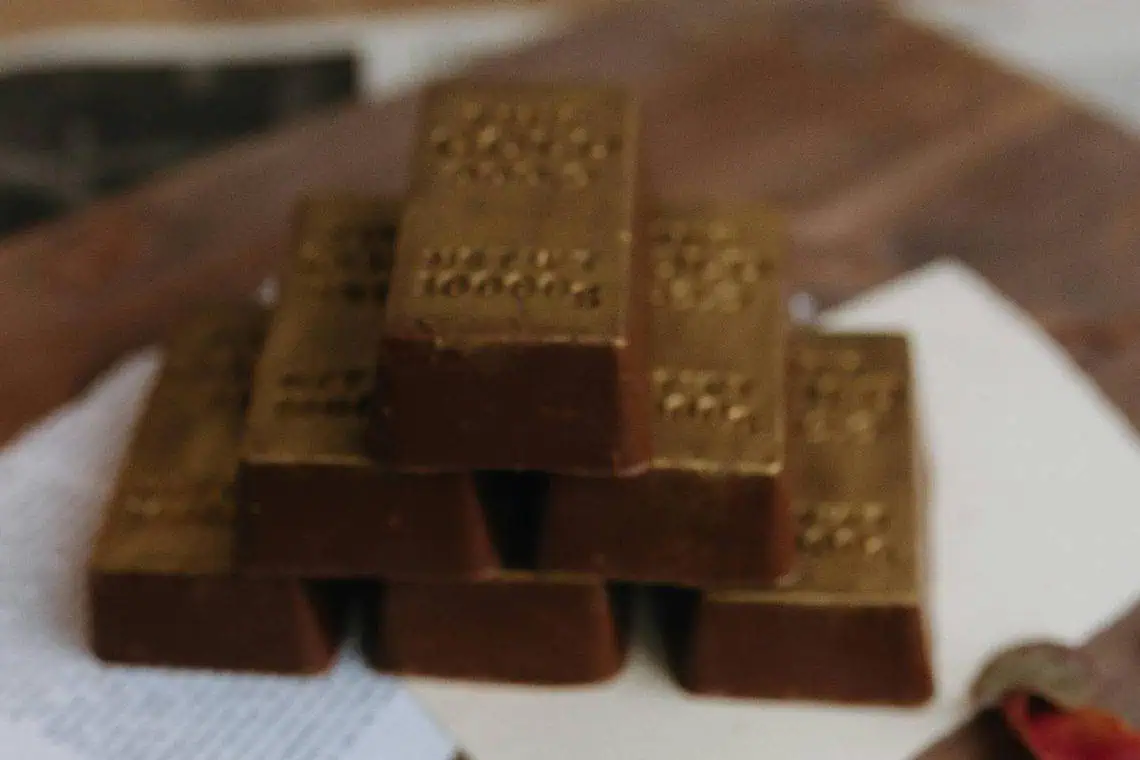As global trade tensions between the United States and China intensify, South Africa’s gold mines are once again striking it rich. With US-China tariffs escalating into a full-blown trade war, global supply chains are under pressure—yet South Africa’s precious metal exports are soaring. This surge is strengthening the rand, boosting consumer confidence, and quietly reshaping everyday life for South Africans. From cheaper car imports to steadier fuel prices, this gold rush is more than a market story—it’s hitting your wallet in 2025.
The Golden Surge: Record Prices Fuel the Rand’s Rally
Gold remains South Africa’s economic heartbeat, and 2025 has seen the metal’s value soar nearly 50% year-to-date, smashing records above $3,800 per ounce. Investors are fleeing uncertainty from escalating global conflicts and inflation fears. This has strengthened the commodity-linked rand by over 10% since April, driving USD/ZAR from 19.93 to around 17.21 by early October.
The dynamic is simple: higher gold exports bring in more dollars, improving reserves and curbing import-driven inflation. In Q1 2025, gold helped push South Africa’s trade surplus to R28.9 billion—a vital boost for an economy growing just 0.5%. A stronger rand means cheaper imported goods, from fuel to food, easing daily costs for households nationwide.
| Month | Closing Price | YoY Change (%) |
|---|---|---|
| January | $2,570 | +5.2 |
| February | $2,650 | +8.1 |
| March | $2,800 | +12.4 |
| April | $2,950 | +15.7 |
| May | $3,100 | +22.3 |
| June | $3,250 | +28.9 |
| July | $3,400 | +35.2 |
| August | $3,550 | +39.8 |
| September | $3,828 | +45.1 |
| October (est.) | $3,883 | +46.5 |
From Mines to Showrooms: The Vehicle Sales Boom
South Africa’s strong rand is translating into booming car sales. In September 2025, new vehicle sales hit 54,700 units—a 24.3% jump year-on-year and the highest monthly figure in over a decade. With mid-year sales up 14%, the industry could surpass pre-pandemic peaks of 536,000 annual units. Lower import costs and falling interest rates are fueling this surge, turning the auto market into a consumer confidence barometer.
Passenger cars are leading the charge, while commercial vehicles benefit from logistics recovery. The rebound is so robust that manufacturers like BMW South Africa are expanding production capacity to meet demand. For families considering an upgrade, it’s a buyer’s market in the making.
| Month | Total Sales | YoY Growth (%) |
|---|---|---|
| January | 45,200 | +8.5 |
| February | 46,800 | +10.2 |
| March | 48,500 | +12.1 |
| April | 47,900 | +9.8 |
| May | 49,300 | +11.4 |
| June | 51,000 | +21.7 |
| July | 52,100 | +18.3 |
| August | 53,400 | +20.6 |
| September | 54,700 | +24.3 |
Across the Pacific: US-China Tariffs Stoke Global Fires
While South Africa rides its golden wave, the world’s two largest economies are digging in. Since February 2025, when the US imposed a 10% blanket tariff on Chinese imports—later climbing to an average of 20%—bilateral trade has slumped. US agricultural exports to China are down over 50%, with soybeans and LNG hardest hit. Imports from China fell to $462.6 billion in 2024, and 2025 is tracking even lower, fueling a ballooning trade deficit.
What was meant to curb Beijing’s tech dominance has instead fractured supply chains, driving up prices on everything from electronics to commodities. Ironically, that volatility is boosting gold demand—strengthening South Africa’s position in the global economy.
Realigning the Board: SA’s Gold in the Global Trade Game
As the US and China decouple, Africa—led by South Africa’s mining sector—is emerging as a stabilizing player. Chinese gold imports have surged amid tariff tensions, contributing to a record $1.45 trillion import bill through July. South Africa’s gold exports now make up more than 80% of its downstream jewelry trade, while the metal’s liquidity offers resilience in global finance.
Ironically, the tariff chaos is drawing investment toward stable producers like South Africa. Strong BRICS ties and an abundance of resources make it an attractive hedge against Pacific instability—reshaping trade routes and reinforcing SA’s role as a global supplier.
Hitting Home: How This Affects Your Wallet
For ordinary South Africans, a firm rand means direct benefits. Imported cars and electronics are up to 15% cheaper, while inflation, now around 4.5%, is easing on essentials. Households are saving R500–R1,000 a month on average, offering breathing room for debt reduction or investment.
Investors are also winning. Mining stocks like Harmony Gold have gained roughly 30% year-to-date, outperforming the JSE All Share Index. Gold ETFs and commodity-linked funds are providing low-risk exposure in an uncertain global market. However, if US-China relations stabilize, gold’s rally could taper, potentially softening the rand.
Tip: Consider securing vehicle financing now while the rand is strong and interest rates are expected to ease. Allocating 5–10% of your investment portfolio to commodities could offer solid protection against tariff volatility.
Golden Horizons: What Lies Ahead for Investors
South Africa’s gold-driven recovery is more than a lucky streak—it’s a structural advantage in a shifting global economy. With the rand supported by strong exports and rising BRICS trade, 2026 could see continued surpluses and consumer strength. For those watching the markets, the message is clear: this golden cycle still has room to run. For updated currency outlooks, visit FXLeaders.
Disclaimer: This article is for informational purposes only and does not constitute financial advice. Always consult a licensed professional before making investment decisions.
